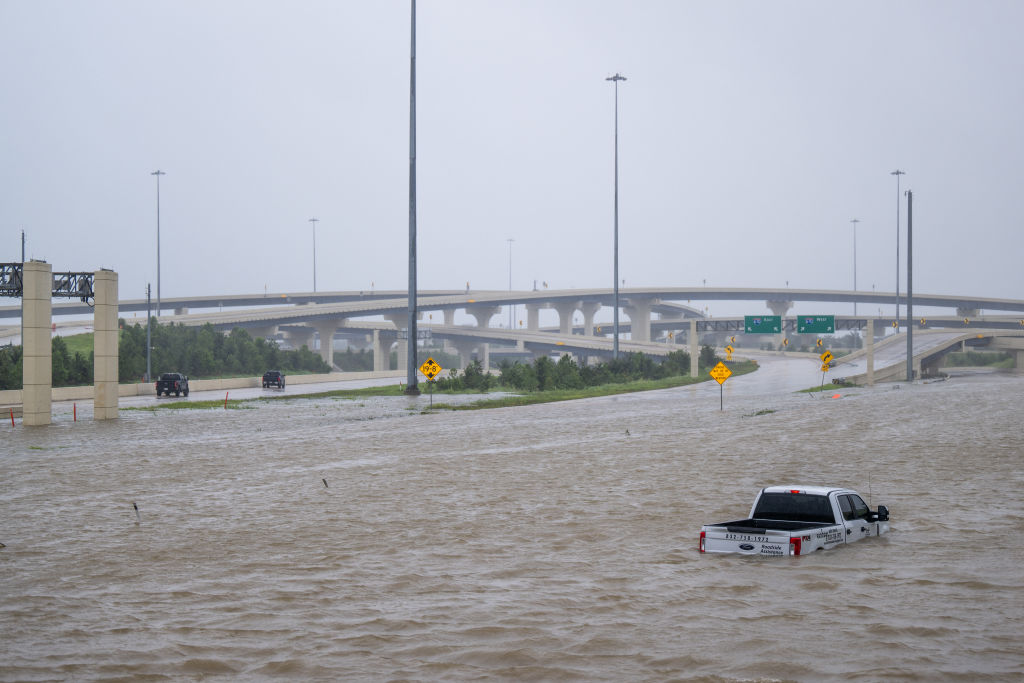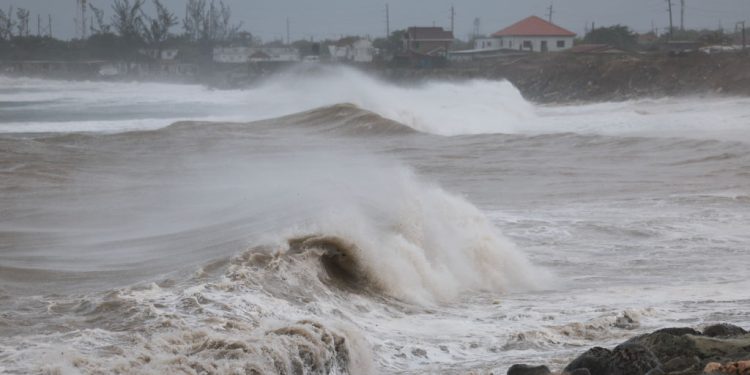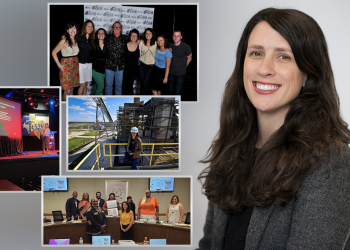AUSTIN, Texas – Lt. Gov. Dan Patrick announced today the establishment of the Senate Special Committee on Hurricane and Tropical Storm Preparedness, Recovery, and Electricity. Sen. Charles Schwertner, R-Georgetown, will serve as Chairman, with Sen. Phil King, R-Weatherford, as Vice Chair. In announcing the committee, Lt. Gov. Patrick issued the following statement:

“Texans are understandably frustrated with the significant failure of electric utility companies to restore power promptly after Hurricane Beryl. This failure is unacceptable, especially given the clear advance warning of the storm heading toward Texas.
“I am establishing this committee to investigate what went wrong and to determine why some electric utility companies were unprepared for Hurricane Beryl. The Texas Senate will ensure that these companies respond more effectively to future storms.”
Sen. Schwertner, upon his appointment as chair, stated: “As Chairman of the Special Committee, my focus will be on understanding why electric utility companies failed to restore power promptly to millions of Texans and on determining the decisive actions these companies will take to prevent such catastrophic failures in the future.”
The Senate Special Committee on Hurricane and Tropical Storm Preparedness, Recovery, and Electricity includes:
- Sen. Charles Schwertner, R-Georgetown, Chairman
- Sen. Phil King, R-Weatherford, Vice Chair
- Sen. Carol Alvarado, D-Houston
- Sen. Paul Bettencourt, R-Houston
- Sen. Brandon Creighton, R-Conroe
- Sen. Juan “Chuy” Hinojosa, D-McAllen
- Sen. Joan Huffman, R-Houston
- Sen. Lois Kolkhorst, R-Brenham
- Sen. Morgan LaMantia, D-Palm Valley
- Sen. Mayes Middleton, R-Galveston
- Sen. Borris Miles, D-Houston
- Sen. Robert Nichols, R-Jacksonville
- Sen. Judith Zaffirini, D-Laredo
The Impact of Hurricane Beryl on Houston
Why did a Category 1 hurricane cause so much havoc in a region accustomed to tropical storms?
Location, location, location.
Hurricane Beryl was the most direct hit on Houston in decades, making landfall near Matagorda Bay early Monday morning. It barreled north, toppling thousands of trees and causing multiple deaths, widespread flooding, and extensive power outages. The storm’s eye passed over the west side of the metro area, where the most significant wind damage typically occurs northeast of the eye, according to Amaryllis Cotto, a meteorologist with the National Weather Service.
Meteorologist Eric Berger, editor of Space City Weather, described Beryl’s landfall location as “close to a worst-case scenario.”
“Track matters a heck of a lot when it comes to wind damage in the Houston metro area,” Berger explained. “All of Harris County was in the worst possible position for effects from Beryl.”
Four days after the storm, the region continues to grapple with the aftermath of a hurricane that left more than 2.2 million homes, schools, and businesses without power.
As of Friday afternoon, over 900,000 remained without electricity during a heat advisory. CenterPoint Energy, which supplies electricity to much of the region, reported that about 500,000 customers were expected to still be without power into the next week. Fallen trees damaging power lines were cited as a significant factor by company officials, who also noted the storm’s unpredictable track.
Berger compared Beryl to the three biggest wind events in the Houston area over the past several decades, including Hurricane Alicia in 1983 and Hurricane Ike in 2008. Alicia, a compact Category 3 storm, and Ike, a large Category 2 hurricane, both caused significant damage.
Beryl’s winds, with 64 mph sustained at Surfside Beach and gusts reaching 97 mph, were not as strong as those other storms. However, its menacing path and rapid intensification before landfall made it comparably devastating, maintaining its energy as it reached the metro area.







